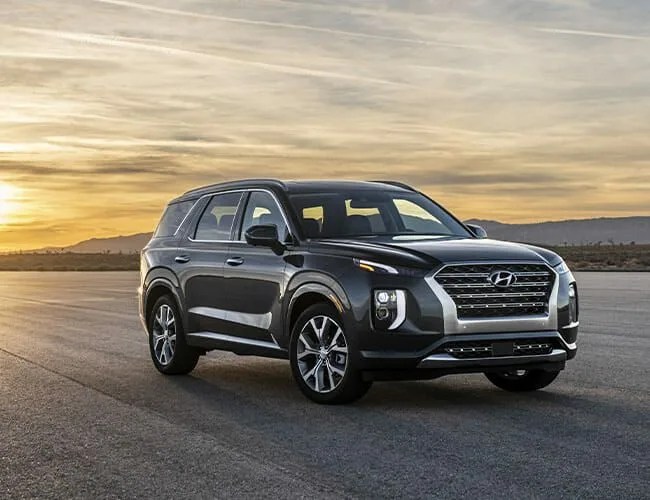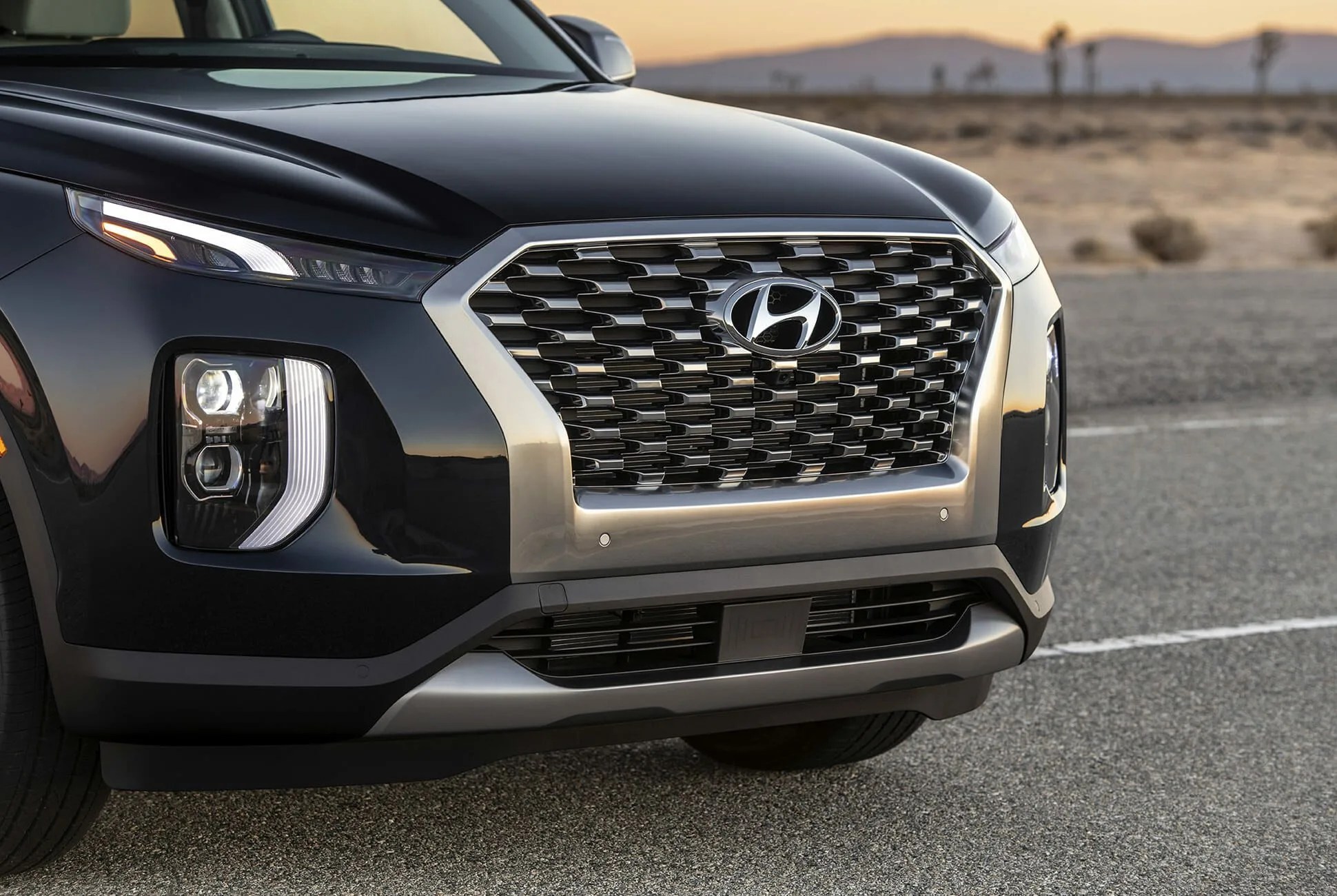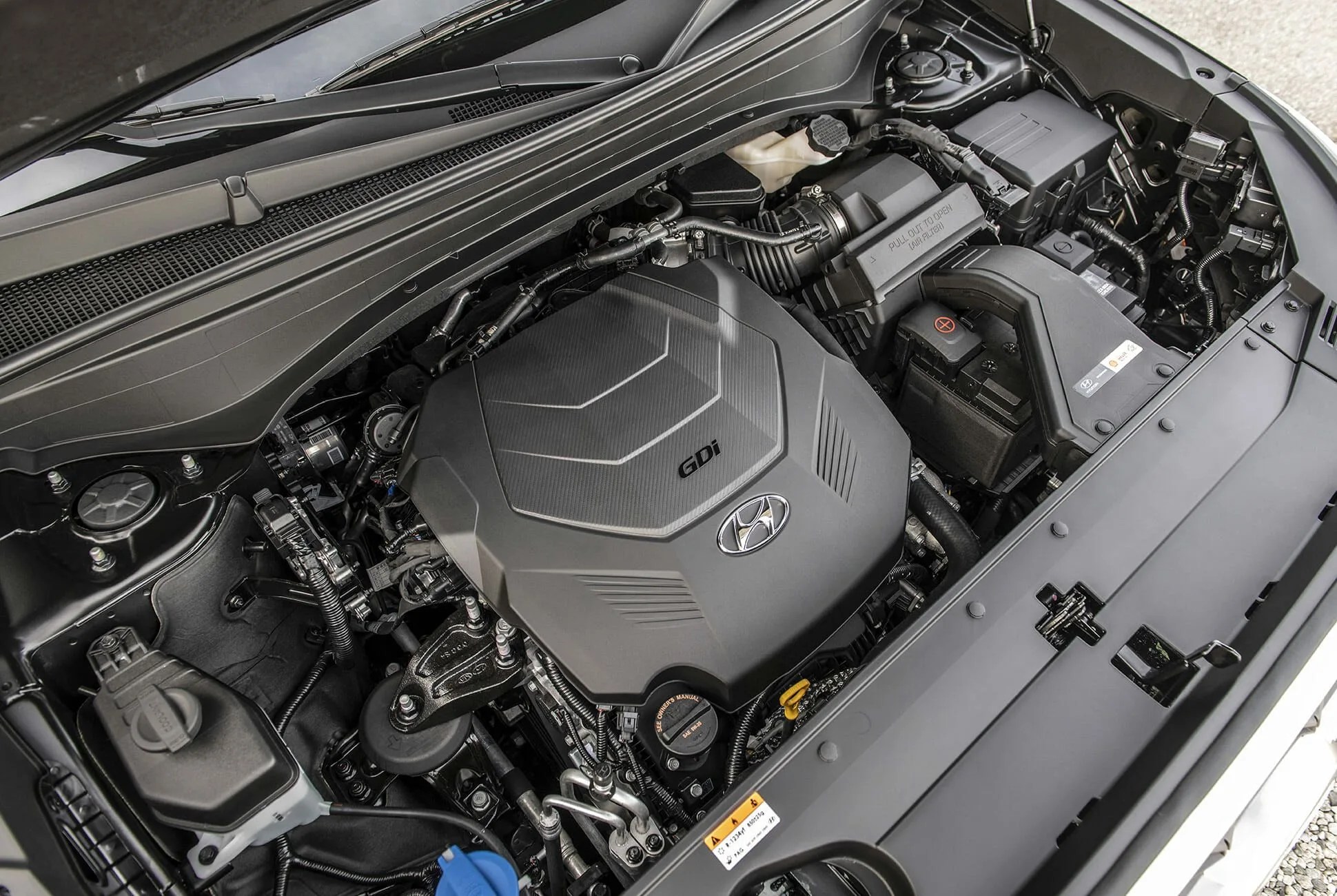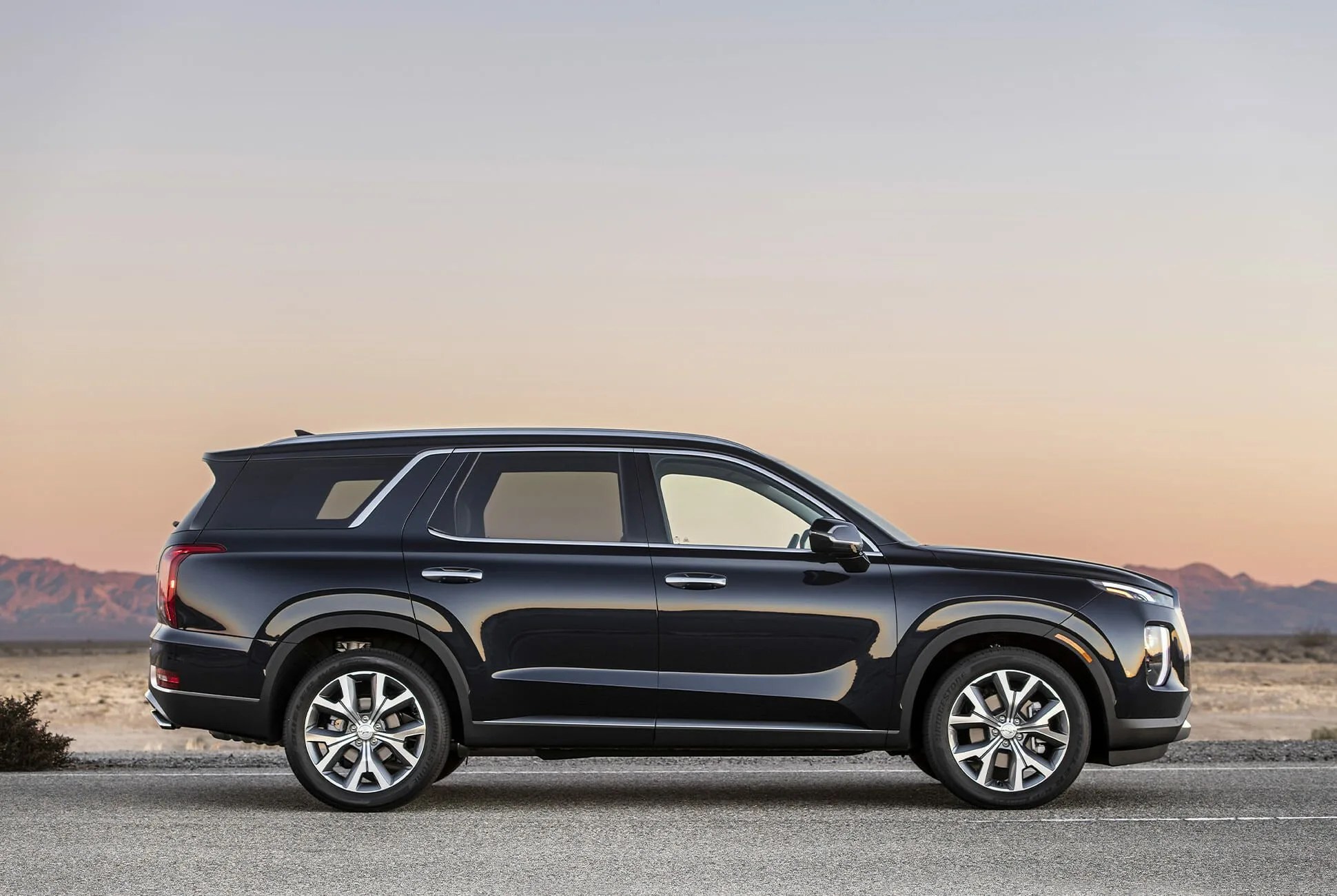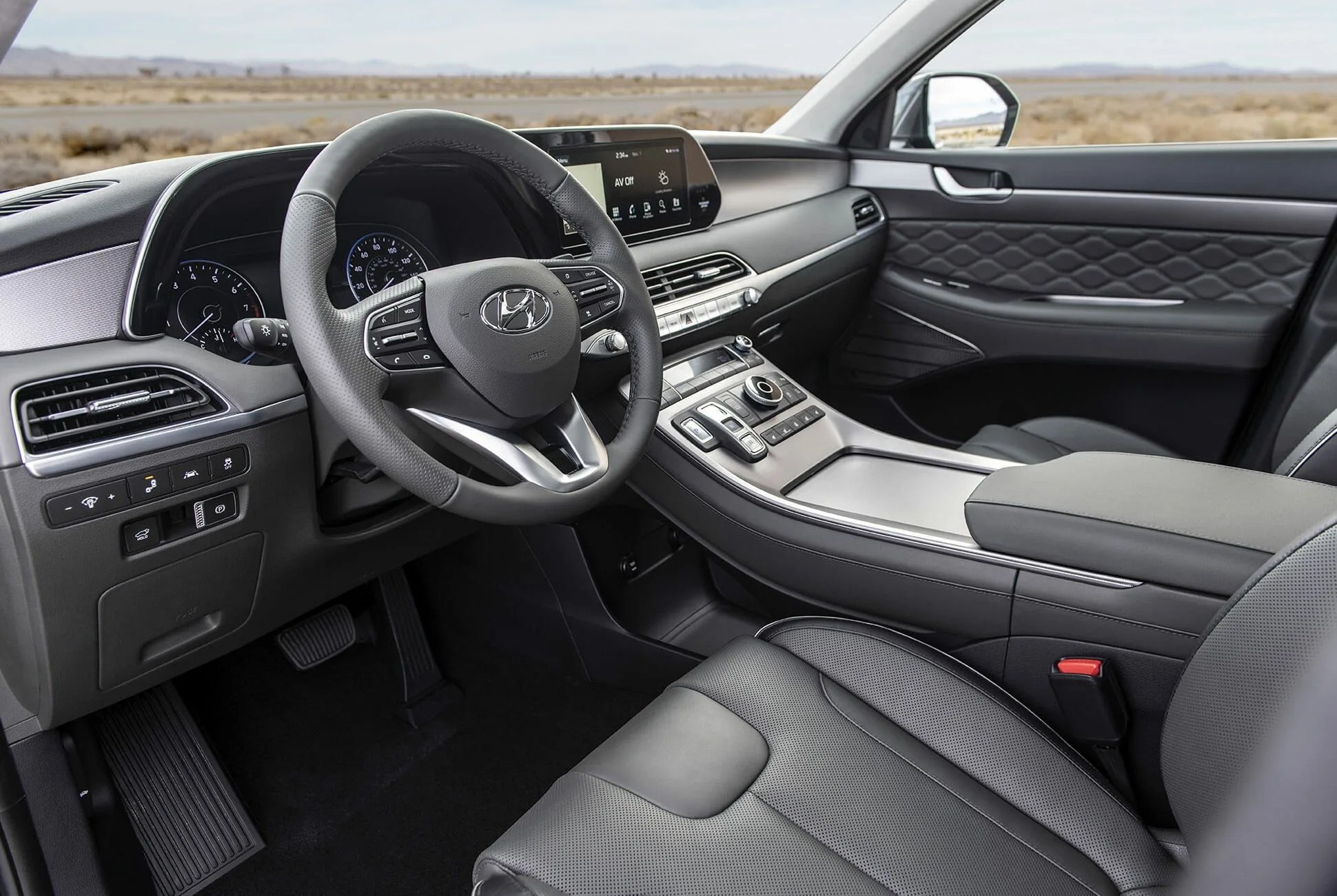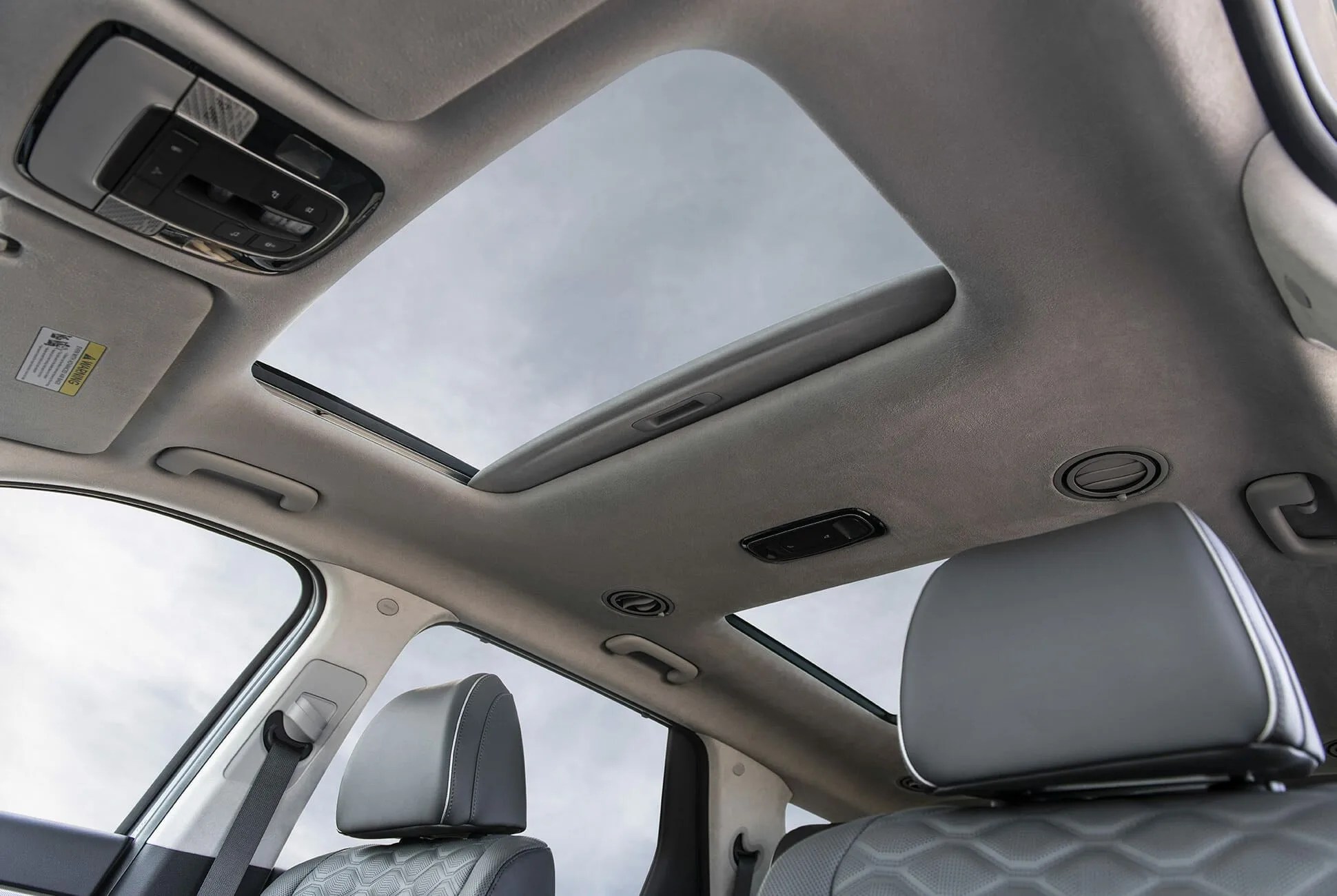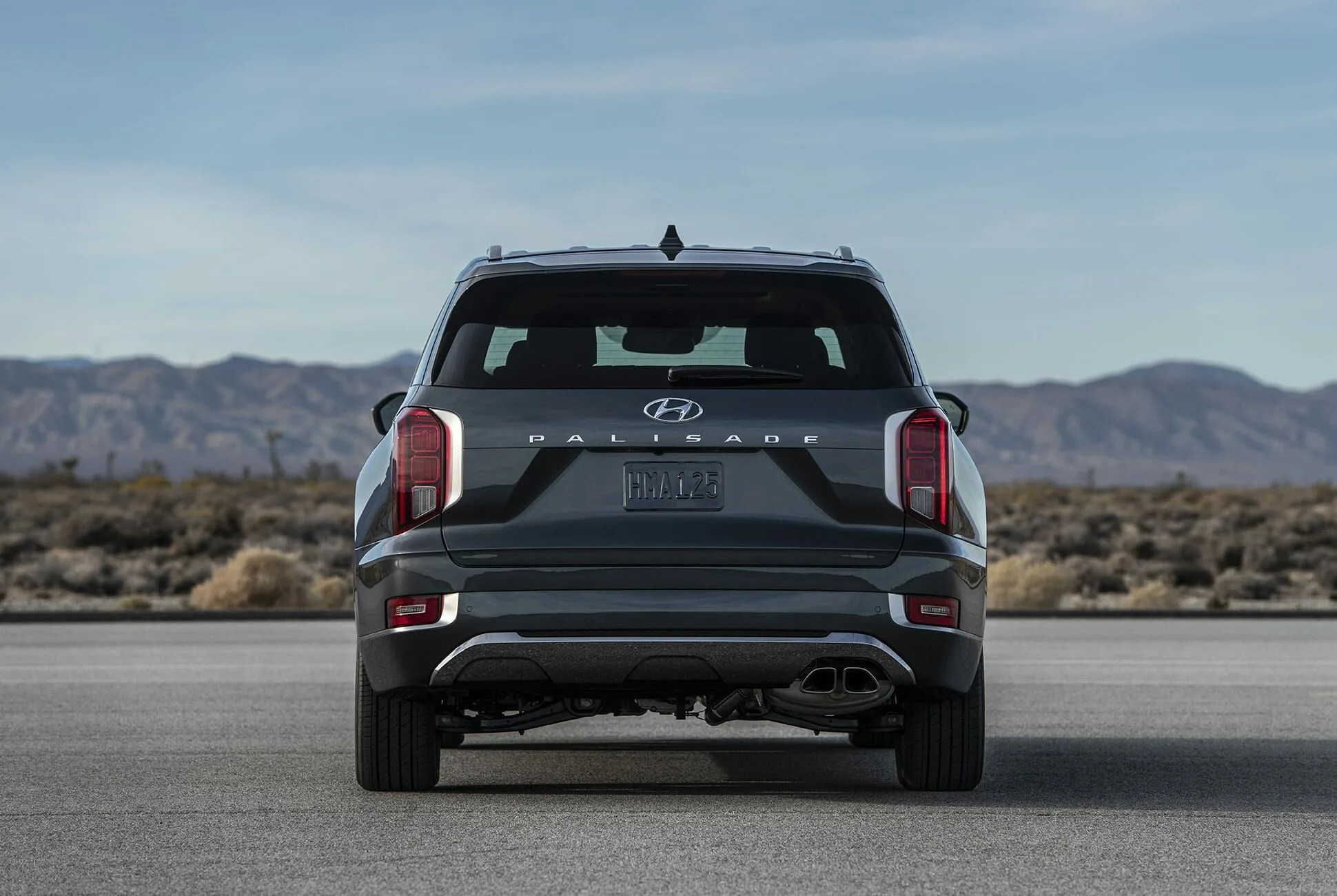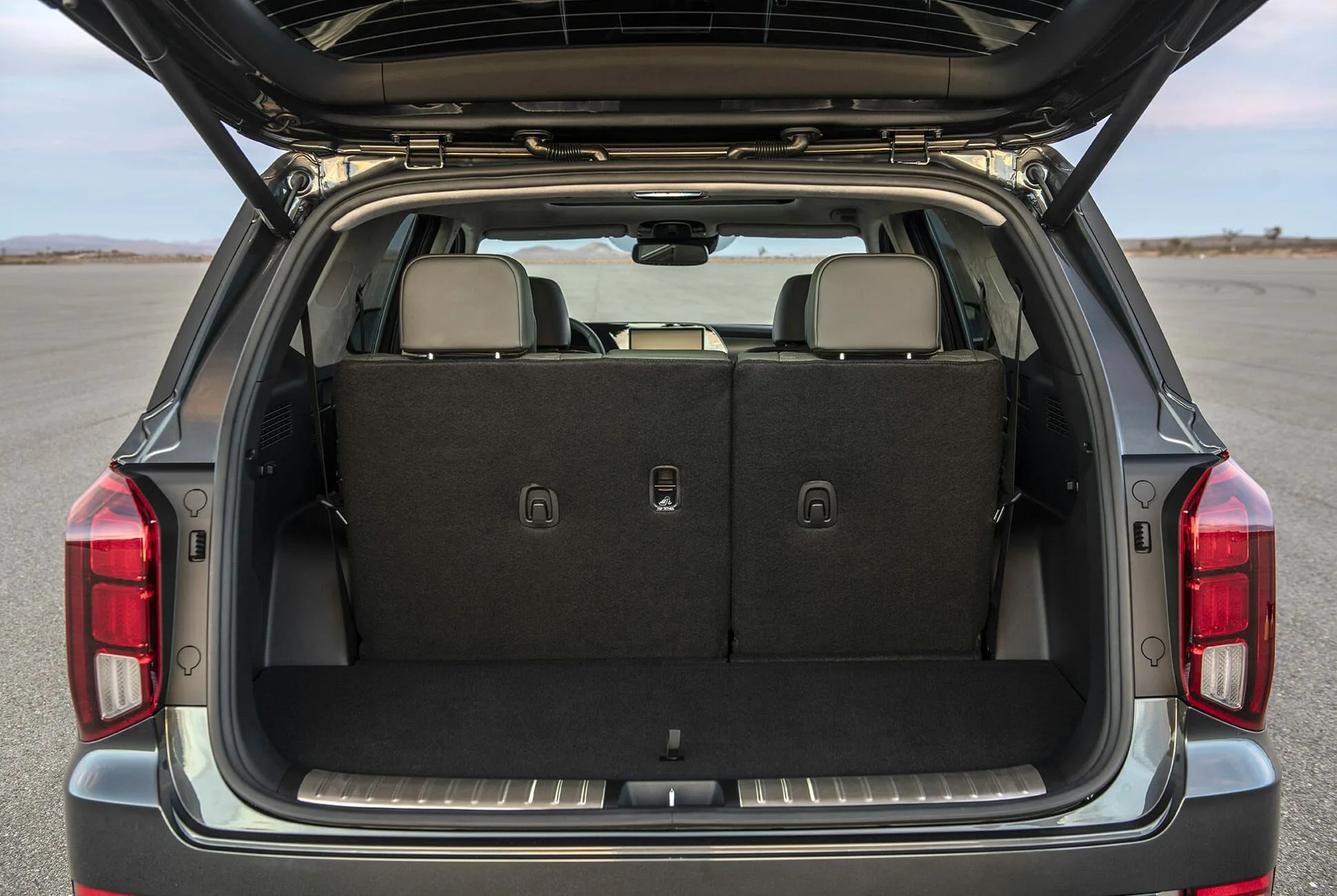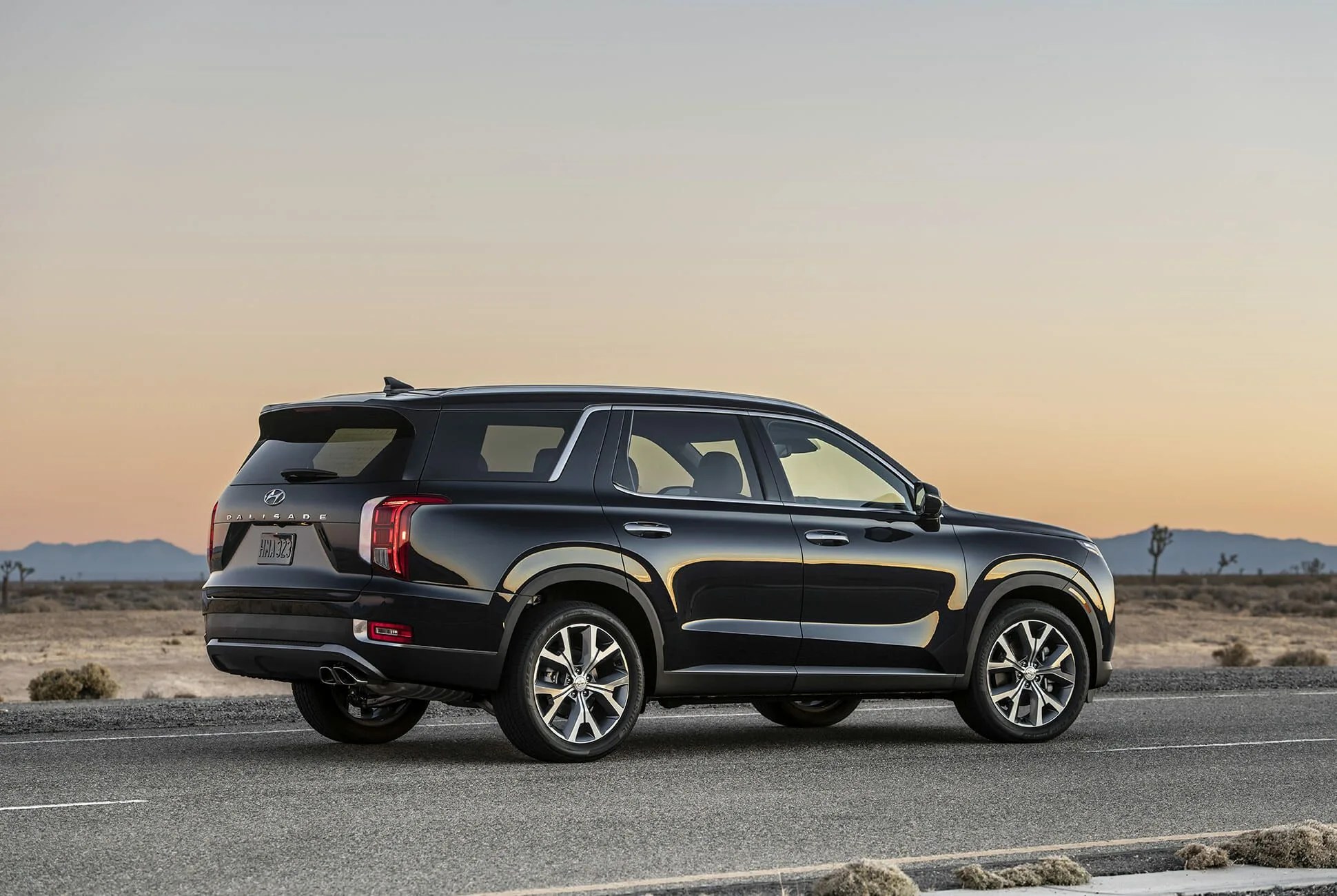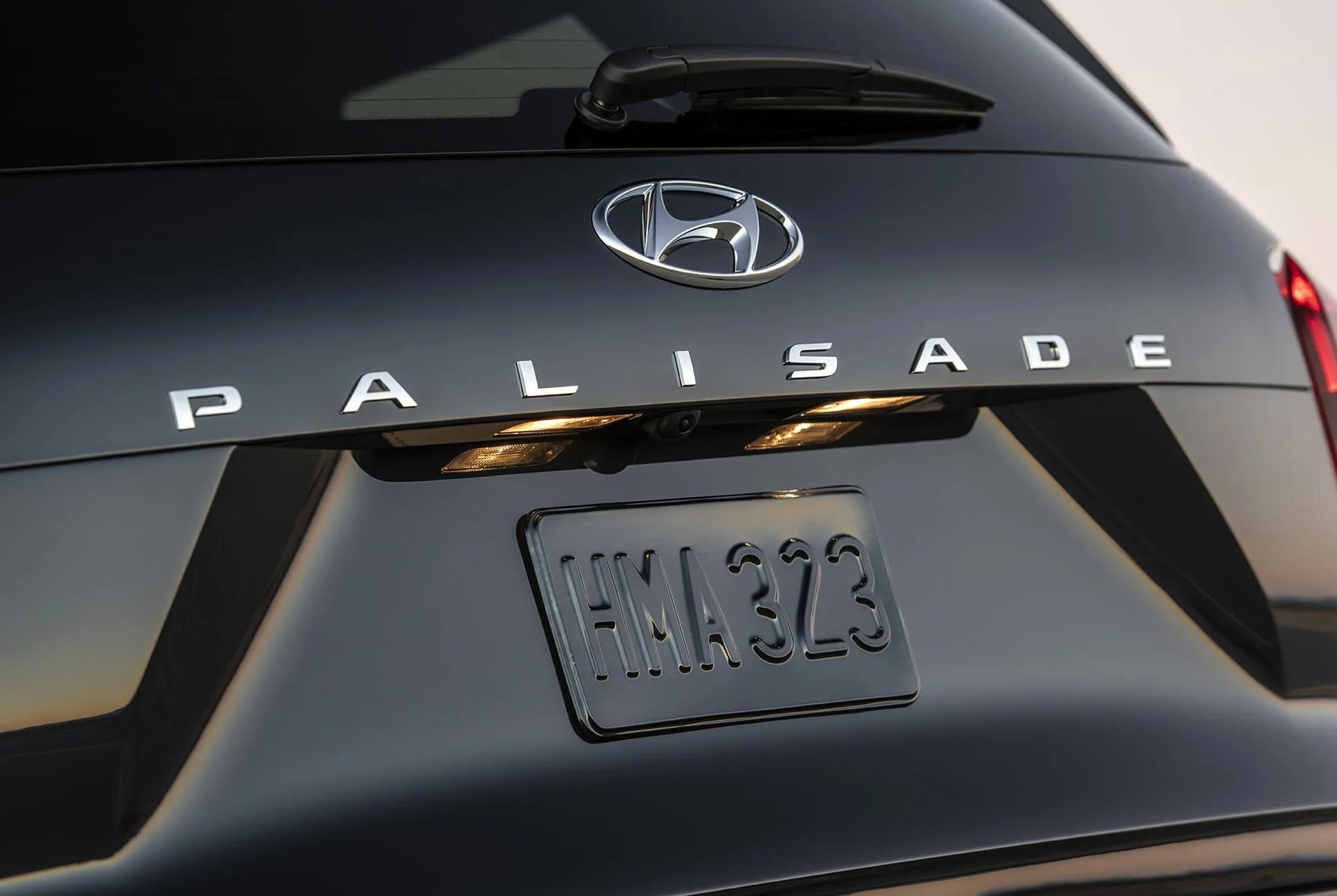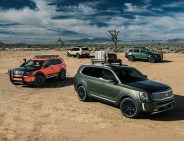10 photos
If you keep up with the automotive world at all, odds are good you’ve heard of the Kia Telluride. Kia’s new three-row SUV has proven to be a smash hit with both reviewers and buyers alike, with the former heaping praises upon it in the form of comparison victories and awards and the latter snapping examples up so fast that the brand’s dealers have taken to calling it the “Sell-u-ride.”
But if you’re a casual car reader, you might not know that Kia’s sister brand Hyundai makes a sibling to the Telluride that’s just about as good in every objective way.
Beneath the skin, the Hyundai Palisade shares practically everything with the Telluride — engine, chassis, electronics, et cetera. They’re even priced within spitting distance of each other; the base Hyundai is $31,775 to the Kia’s $31,890, and the top-shelf Palisade Limited’s $44,925 price is just $1,135 more than the Telluride SX with Prestige Package. The differences amount to cosmetics aspects — different styling, different dashboard layouts, different colors and trims, and a slight variation in chassis tuning.
Like the Telluride, the Palisade is a shocking bargain
Those who feel like treating themselves will likely go for the top-shelf Limited model, but my tester was the mid-trim SEL — the model that will presumably make up the balance of sales, which comes standard with features like heated front seats, keyless entry, and a host of advanced safety features like rear cross-traffic collision alert, blind spot collision alert, and Safe Exit Assist, which uses radar to watch out for onrushing traffic from the rear and keeps the back door from opening if needed.
Granted, my SEL had been loaded up with just about every option, pushing the price up to $43,295. Still, unless I was pinching pennies, I’d be hard-pressed to shave anything off the options list; certainly not the $2,200 Convenience Package that adds a hands-free liftgate, auto-leveling rear suspension and parking sonar among other features, nor the $2,400 Premium Package that brings power-folding third-row seats, heated second-row chairs and steering wheel, LED headlamps and leather upholstery.
What you can’t tell from the spec sheet is just how well this Hyundai feels put together. The days of Korean cars feeling like they’re made from duct tape and tin cans are over; this beast feels as well-made as a Mercedes, from the oily smoothness of the controls to the spectacular fit and finish. The controls are sensible (real buttons! real knobs! and a touchscreen!) and fall right where you’d want them to. It’s a trait found in almost all Hyundais and Kias, but it feels even more valuable in this appliance of a car.
